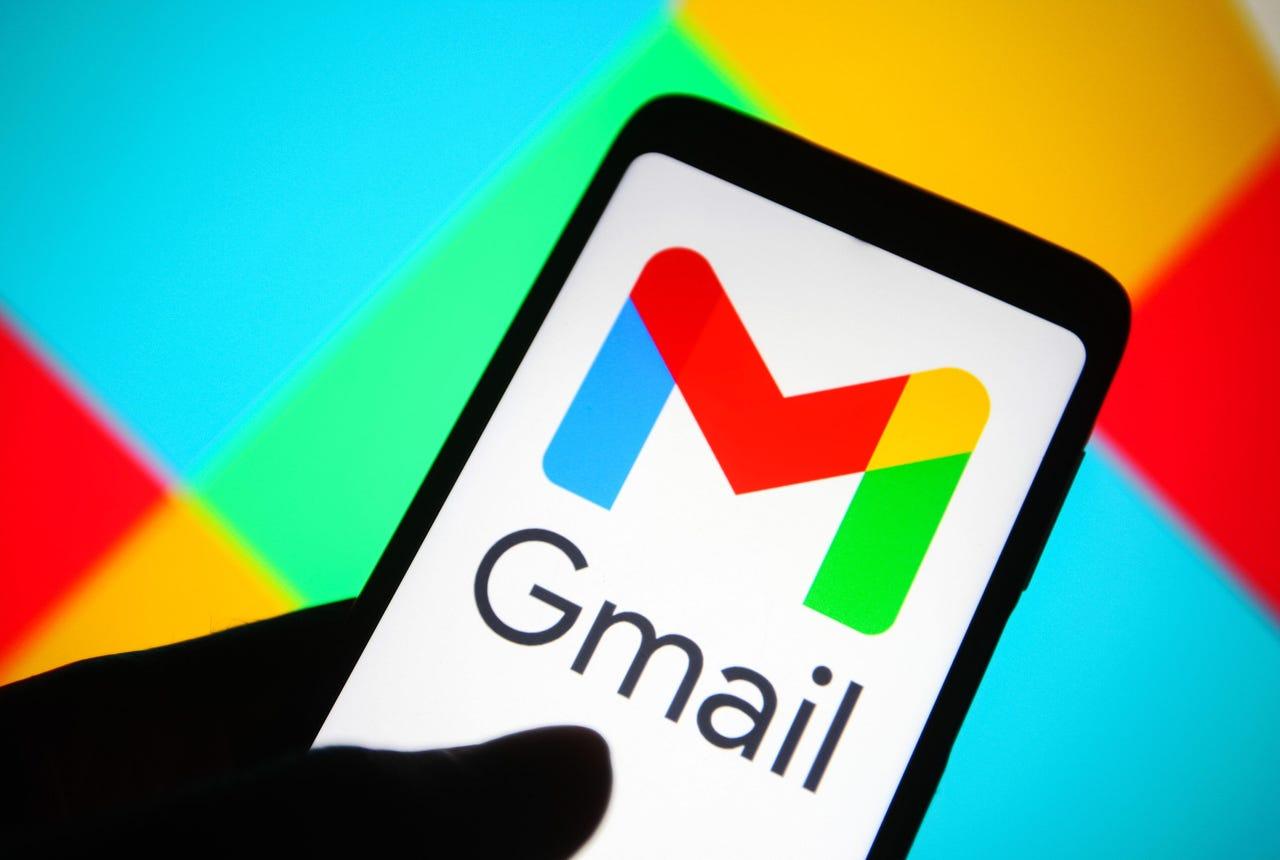Email encryption has long been a complex challenge for businesses and individuals alike, requiring specialized knowledge and cumbersome certificate exchanges. Google is now addressing this pain point with a significant update to Gmail's encryption capabilities that promises to make secure communication dramatically more accessible for enterprise users.
A New Approach to Email Encryption
Google has developed a new encryption model for Gmail that eliminates the traditional barriers to sending encrypted emails. Unlike the current S/MIME-based system, which requires both senders and recipients to use custom software and exchange encryption certificates, the new feature allows enterprise users to send encrypted messages to any inbox with just a few clicks. This development represents a major step forward in email security, as encryption has historically been one of the most underutilized security features in email communication, with studies showing only about one in 1,700 messages being encrypted.
How the New Encryption Works
The updated system allows Gmail users to simply toggle on additional encryption in the email draft window before sending a secure message. What happens next depends on who's receiving the email. For Gmail recipients within the same organization, the message is automatically encrypted and decrypted in their inbox without any additional steps. For Gmail users outside the organization, the email is also automatically decrypted in their inbox, allowing them to use Gmail normally.
For non-Gmail recipients, the system provides a link to sign into a guest Google Workspace account where they can securely view and reply to the email in a restricted version of Gmail. If the recipient already has S/MIME configured, Gmail will continue to use the existing S/MIME process.
Technical Details and Security Considerations
While Google refers to this new capability as end-to-end encryption, it's important to note that it's technically powered by client-side encryption. This approach gives workspace administrators control over encryption keys, allowing them to revoke user access and monitor encrypted files. The encryption occurs on the client before any content is transmitted or stored on Google Workspace servers, providing zero-knowledge encryption that meets stringent regulatory standards including ITAR, CJIS, TISAX, IRS 1075, EAR, and HIPAA.
Gmail's New Encryption Features
- Initial availability: Google Workspace Enterprise Plus, Education Standard, and Education Plus plans with Assured Controls
- First phase: Encrypted emails within same organization (available now in beta)
- Second phase: Encrypted emails to any Gmail inbox (coming weeks)
- Third phase: Encrypted emails to any email provider (later in 2025)
Encryption Implementation
- Uses client-side encryption (not true end-to-end encryption)
- Organization maintains control of encryption keys
- Meets regulatory standards: ITAR, CJIS, TISAX, IRS 1075, EAR, HIPAA
Rollout Timeline and Availability
The feature is rolling out in beta starting now, but with significant limitations. Initially, it will only be available for Google enterprise users to send encrypted emails to other Gmail users within the same organization. Google plans to expand this capability to emails sent to any Gmail inbox in the coming weeks, with support for third-party email providers expected later this year.
Currently, the feature is limited to premium customers who have subscribed to Google Workspace Enterprise Plus, Education Standard, or Education Plus plans with the Assured Controls option. Users with standard Business plans or free Gmail accounts will need to wait for potential future expansions of the service.
The Broader Impact on Email Security
This development addresses a significant gap in digital security. While encryption has become standard for smartphones, computers, web browsing, and messaging apps, email has remained stubbornly resistant to widespread encryption adoption due to complexity and compatibility issues. By simplifying the process dramatically, Google could potentially increase the use of encrypted email, especially in industries handling sensitive information like healthcare, finance, and real estate, where secure communication is essential but often hampered by outdated, unreliable systems.
For businesses that regularly deal with confidential information, this update promises to eliminate many of the frustrations associated with current encryption solutions, potentially transforming how organizations approach secure email communication.
